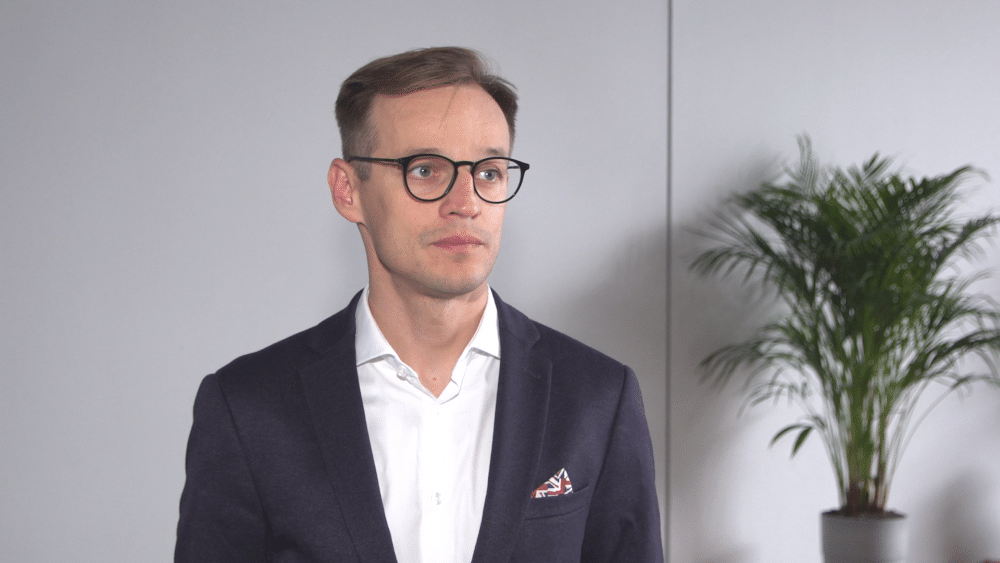In the previous school year, among the 5.2 million students in all types of Polish schools, 7 percent, or nearly 350,000, were foreign nationals. The vast majority of them – 290,000 – were Ukrainians, and over half of this group were school-age children and young people, according to a study by the Centre for Citizen Education. According to the experts, the number of Ukrainian children who remain outside the education system could range from 20,000 to as high as 80,000. Following legislative changes in September, they began attending Polish schools.
The CEO report, prepared in collaboration with UNICEF, “Students from Ukraine with Refugee Experience in the Polish Education System” from April 2024, indicates that about 135,000 children and young people who arrived in Poland following the outbreak of war in February 2024, may be studying in Polish schools. This number can be compared with the population of Zielona Góra or Rybnik.
“The educational situation of children from Ukraine is very complex. So far, we have had a system in which children could be in a Polish school or in a Ukrainian online school, and we are not quite sure about the proportions of how many students were in each system”, Dr. Jędrzej Witkowski, President of the Centre for Citizen Education, said during the “Show – Pass on” conference organised by the Copernicus Science Centre. “Possibly from 20,000 to even 80,000 students have been studying online in the Ukrainian system for the last few years, or not at all, and now from September we are inviting these children to the Polish education system, to Polish schools.”
From September this year, an increase is expected in the number of children from Ukraine in Polish schools. This is due to changes in regulations that will curb the phenomenon of staying out of the education system.
“Firstly, we have introduced compulsory school attendance, thus we have withdrawn from emergency solutions that have been in place for the last two years and which allowed students to fulfill school attendance requirements through the online Ukrainian education system. Secondly, in accordance with the Act on Aid to Ukrainian Citizens, now the payment of the 800+ benefit, a support benefit, will depend on whether students fulfill the obligation to attend school, the obligation to study in the Polish education system,” says the President of the Centre for Citizen Education.
The Ministry of National Education, announcing changes in the law, stressed that children from Ukraine will continue to have the opportunity to learn Polish additionally – at least 4 hours a week. They will also have the opportunity to use the help of an intercultural assistant. Additional training, psychological and pedagogical support are planned for teachers, with financial support for schools.
Experts are confident about the readiness of the system to accept new students into schools. They note that Polish education has handled the integration of a very large number of Ukrainian refugees well, and is now even better prepared for it.
“At the beginning of the conflict, in a short period of time, we admitted more than 150,000 new students to Polish schools. This is an amazing success, achieved thanks to the efforts of teachers, school principals, and we should remember that. Since then, schools have been learning how to work with Ukrainian students, with foreign students. This is a long process because we know that the integration process of a new student, even if it is a student from Ukraine, relatively culturally close to Poland, will last three to four years, so we are halfway through this process, “emphasizes Dr. Jędrzej Witkowski. “We should throw all hands on deck and try to help schools to meet this new challenge. It is a challenge when suddenly a student or several students appear in my class for whom Polish is not their first language and they do not quite understand, for example, my instructions or cannot learn as we would like.”
In Poland, there are 21,000 schools. In more than half, over 12,000, refugee students from Ukraine are being educated. In the 2023/2024 school year, they represented almost 3 percent of all students in Polish schools. Most of them are in Mazovia, Silesia, Lower Silesia and Greater Poland. An additional significant group – around 50,000 – are migrant students from Ukraine who arrived in Poland before the escalation of the war.
“The Polish education system assumes that foreign students entering it implement the same curriculum as other students, therefore they also learn about Polish culture, history, the Polish language. In addition, they take classes in Polish as a foreign language – this language fluency is very important for educational success. And this is really a system that operates similarly in many European countries,” says the CEO President. “The challenge is the presence of intercultural assistants who can help in this integration, but also building the competence of teachers who teach in a different situation, need to apply different methods of work, different methods of assessment. And here we really still have a lot to do.”
As explained by the Ministry of National Education, in the 2024/2025 school year, students attending the program’s highest class in the Ukrainian education system will not be required to attend Polish schools. These people will be able to complete their education online. Students in the eighth grade of Polish schools will not have to pass a Polish language exam in the eighth grade examination.
